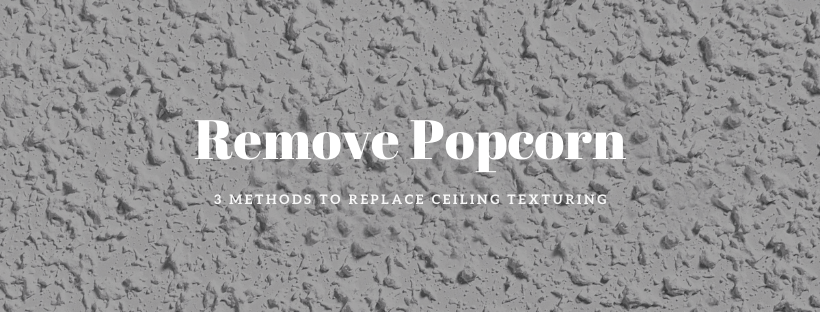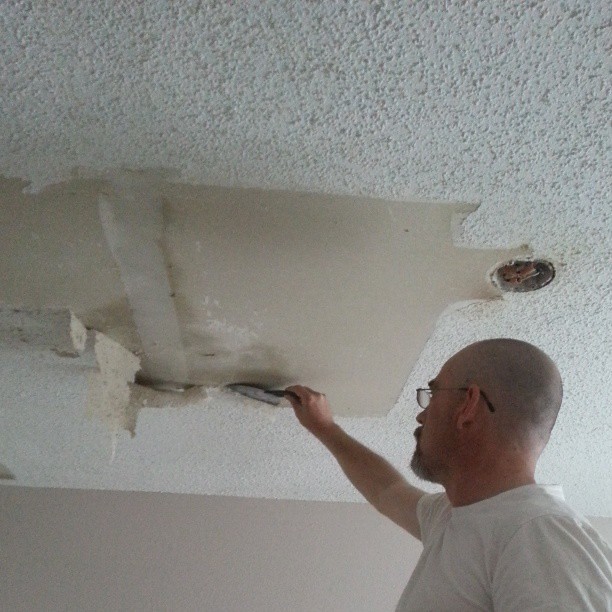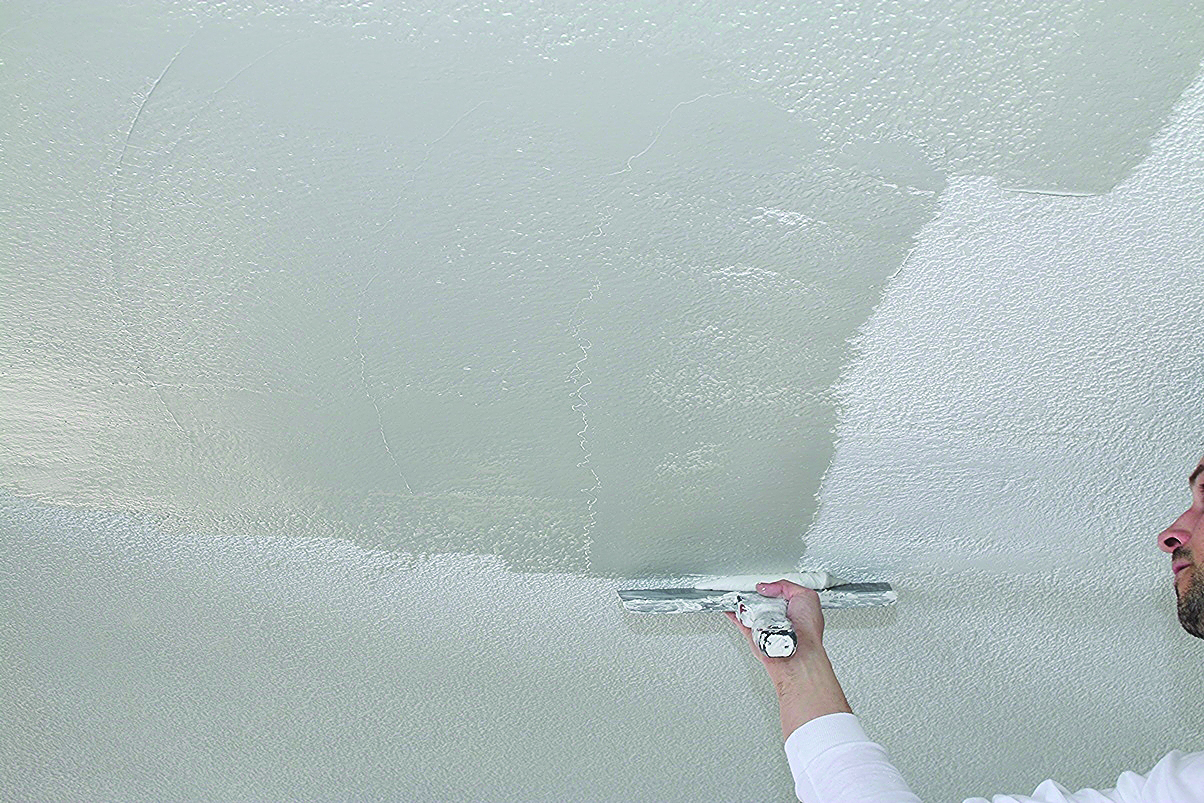
3 Ways to Deal With a Popcorn Ceiling
Posted on December 20, 2019
How to get rid of the passe trend in your home, now what?

Trends in homes come and go, but there are few messier projects than popcorn ceiling removal. Restoring the ceiling to a pristine, flat surface can prove problematic. How do you get the best results and what do you do with it once it’s removed? Here are 3 ways to deal with a popcorn ceiling.
What are my options?
Popcorn ceilings are hard to clean, difficult to repair, and hold on to dust. Despite these drawbacks, they were hugely popular because they made ceilings easy to finish and hide imperfections. If you’re looking to get rid of yours, you’ll have three options: scrape and cover with drywall, skim coat with plaster or create a new textured ceilings. Learn more about how CertaPro handles popcorn ceiling removal.
Which should I choose?
This answer depends on the situation. If your ceiling is relatively new and in a decent condition, you will have more options. Make sure you go through the details of each option before deciding on your best course of action.
Scrape

Using a 4-inch drywall knife, start chipping away at the popcorn to create a newly smooth surface. More than likely, you’ll need to use a thin skim coat of joint compound to hide knicks and damage before sanding and painting.
While this is the most common way to get rid of a popcorn ceiling, it’s by far the messiest and most difficult. That being said, it can be cost effective and completed by one person. Be careful removing any popcorn that was placed before 1979. The products used in that time often contained lead and asbestos. Older homes should be tested for these chemicals before any work starts.
Some popcorn ceilings have been repeatedly painted. The materials used to make the popcorn texture are porous and will soak up paint with each spray. If this is the case, it’s much easier to drywall over the popcorn.
Pro tip
Some pros swear spraying down a ceiling first will help loosen the popcorn ‘kernels’ up. Others insist this just turns the debris into a sticky mess.
Cover
Using gypsum board, cover the popcorn up. This board weighs far less than a standard wall board. Use screws to attach it to the framing and mud it in for a seamless ceiling.
When you are dealing with the aforementioned harsh chemicals, it’s best to seal them in and not disturb the dust. If it goes airborne, you and your family could be in danger. Plus this method provides a perfectly smooth ceiling when you are done. Consider bringing in professional help for issues in moving electrical items or HVAC vents.
Pro tip
If you are attempting to DIY this method, rent a drywall lift. It will be worth the rental fees to keep you safe and allow you to handle the materials more easily.
Skim

Yes, this is essentially replacing a texture with a texture, but it’s fairly inexpensive and easy to accomplish. Prior to popcorn taking over all ceilings, skim coating was all the rage. It’s completed by using a quick-set drywall mud, applied with a joint compound and finished with a trowel or knife to make a new texture.
This is often seen in historic homes trying to recapture their original beauty. Smooth ceilings don’t fit the style of the era. If you attempt this yourself, make sure the substrate is secure. The texture will add more weight and you’ll want to make sure it can handle it before you start applying it. If you have concerns, ask a contractor before you start.
Pro tip
For a skim coat, use quick-set drywall mud. Then touch it up with ready-mixed joint compound. Using high moisture content mud can cause shrinking and affect the final look.
Ready to ditch those popcorn ceilings? Schedule an estimate to have our pros help you out.





